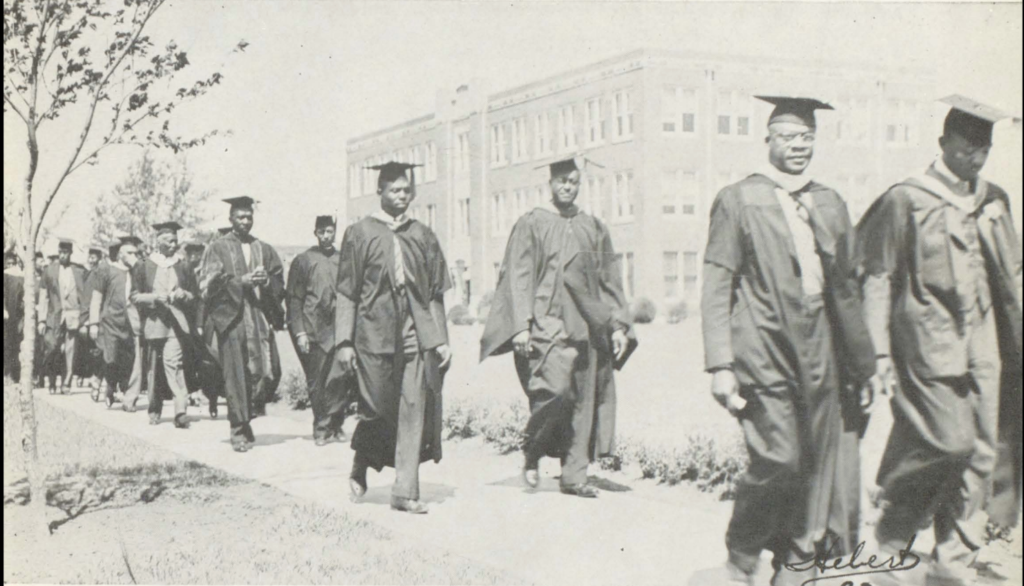
135th Anniversary
Second Morrill Act of 1890
“On Aug. 30, 1890, Benjamin Harrison, the 23rd President of the United States, signed the Second Morrill Act of 1890 into law.
Sponsored by Senator Justin Morrill of Vermont, the act’s goal was to expand the opportunities for people of color to access education, specifically in agriculture and mechanical arts.
Prior to the Second Morrill Act, people of color were often excluded from educational opportunities at the Land-grant Universities (LGUs) established by the (first) Morrill Act of 1862. The Second Morrill Act required states to establish separate Land-grant Institutions for Black students or demonstrate that admission to the 1862 Land-grant was not restricted by race. The act granted money, instead of land, and resulted in the designation of a set of Historically Black Colleges and Universities (HBCUs) as Land-grant Universities to begin receiving federal funds to support teaching, research and Extension intended to serve underserved communities. There are currently 19 affiliated universities in the 1890 System.”
– Information provided by the National Institute of Food and Agriculture (NIFA). Learn more about the Second Morrill Act.
Justin Smith Morrill
Justin Smith Morrill, a former U.S. senator from Vermont, is the individual behind the Second Morrill Act of 1890. A successful politician and businessman, Morrill had penned the Morrill Acts of 1862 and 1890. The Morrill Act of 1862 gave every state 30 acres of federal property that could be used to establish a school. These schools focused on educating farmers and working-class people in subjects, such as engineering, agriculture, and the mechanical arts. For this reason, many of them still use the words agricultural and mechanical in their names.
Today, there are 112 land-grant institutions, including 1994 Tribal Colleges and Universities tribal schools established by the Equity in Educational Land-Grant Status Act of 1994.
